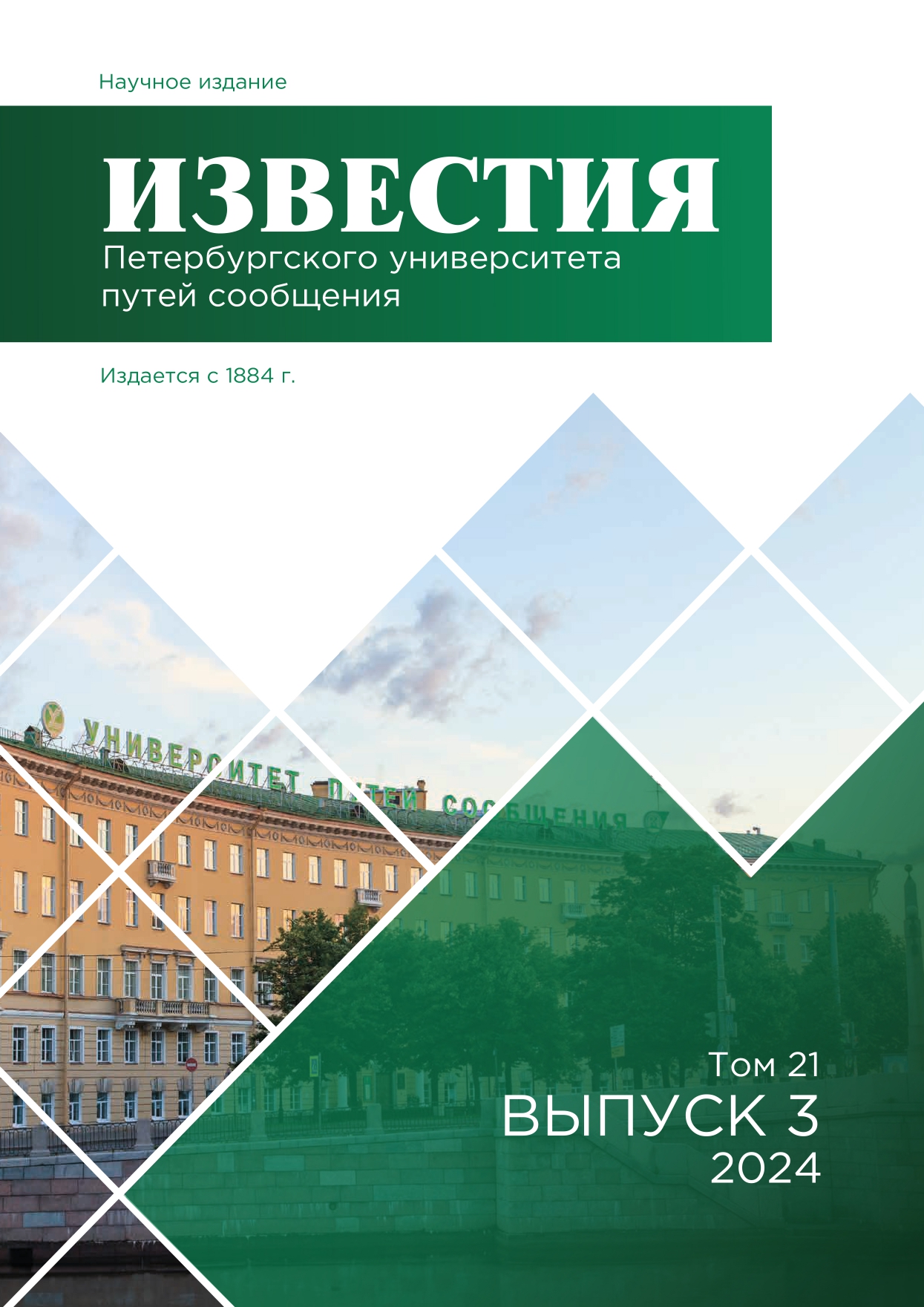Russian Federation
Purpose: to consider issues related to the standard definition of the strength characteristics of an air binder and a cement binder. To show a technological solution to the problem of regulating the strength of an air binder stone by stabilizing care during setting and hardening. Methods: during the research, GOST 23789- 2018 “Gypsum binders. Test methods”. Results: a distinctive feature of restoration plaster solutions is that structure formation and strength gain occur only in an air-dry environment. As a result, the availability of approved and applied standards for the manufacture and use of restoration plaster solutions does not fully guarantee the creation of a reliable and safe environment for the life of an architectural heritage monument. It has been established that the mechanical characteristics (compressive and bending strength limits), as well as elastic parameters should be the same or lower in historical and restoration solutions in order to avoid changes in stress distribution. Practical significance: developed taking into account the comprehensive care of hardening stone, gypsum-lime binders can have a wide range of applications. They can be used as mortars for the preservation of architectural heritage and in the reconstruction of modern buildings, self-supporting partitions, fire protection elements or drywall (in places where a higher mechanical load is expected).
quality control, gypsum binder, lime, cement binder, flexural strength, compressive strength, hardening
1. Subbotin O. S. Osobennosti ispol'zovaniya stroitel'nyh materialov v restavracii arhitekturno-gradostroitel'nogo naslediya // Stroitel'nye materialy i izdeliya. 2019. T. 2. № 3. S. 85–89. DOI:https://doi.org/10.34031/2618-7183-2019-2-3-85-89.
2. Vitti P. Lime and Gypsum Mortars in Historic Construction // Encyclopedia of Archaeology (Second Edition). 2024. Vol. 2B. P. 531–543. DOI: 10.1016/ B978-0-323-90799-6.00064-1.
3. Conversion of calcium sulfate dihydrate into calcium phosphates as a route for conservation of gypsum stuccoes and sulfated marble / E. Sassoni [et al.] // Construction and Building Materials. 2018. Vol. 170. P. 290–301. DOI:https://doi.org/10.1016/j.conbuildmat.2018.03.075.
4. Fort J., Cerny R. Carbon footprint analysis of calcined gypsum production in the Czech Republic //Journal of Cleaner Production. 2018. Vol. 177. P. 795– 802. DOI:https://doi.org/10.1016/j.jclepro.2018.01.002.
5. Athira V. S., Manohar S. Carbonation of air lime mortars under natural and accelerated conditions — a systematic review // Materials today: Proceedings. 2023. DOI:https://doi.org/10.1016/j.matpr.2023.04.082.
6. Rahimov R. Z. Gips v stroitel'stve s drevnih vekov do sovremennosti // Academia. Arhitektura i stroitel'stvo. 2021. № 4. S. 120–124. DOI:https://doi.org/10.22337/2077-9038-2021-4-120-124.
7. Barabanschikov Yu. G., Komarinskiy M. V. Super plastifikator S-3 i ego vliyanie na tehnologicheskie svoystva betonnyh smesey // Stroitel'stvo unikal'nyh zdaniy i sooruzheniy. 2014. № 6 (21). S. 58–69.
8. Panarin I. I., Fedyuk R. S., Merkulov D. S. Usilenie konstrukciy podzemnyh sooruzheniy torkret-betonom // Stroitel'nye materialy i izdeliya. 2022. T. 5. № 6. S. 5–18. DOI:https://doi.org/10.58224/2618-7183-2022-5-6-5-18.
9. Nesvetaev G. V., Kuz'menko T. G. O sootnoshenii predelov prochnosti cementnyh betonov na rastyazhenie pri izgibe i szhatii // Inzhenernyy vestnik Dona. 2023. № 8. URL: ivdon.ru/ru/magazine/ archive/n8y2023/8605.
10. The effect of lime addition on weathering resistance and mechanical strength of gypsum plasters and renders / K. Elert [et al.] // Cement and Concrete Composites. 2023. Vol. 139. P. 105012. DOI:https://doi.org/10.1016/j. cemconcomp.2023.105012.
11. Characterization and chromatic evaluation of gypsum-based pastes for construction and heritage restoration / M. Paz Saez-Perez [et al.] // Construction and Building Materials. 2021. Vol. 307. P. 124981. DOI:https://doi.org/10.1016/j.conbuildmat.2021.124981.









